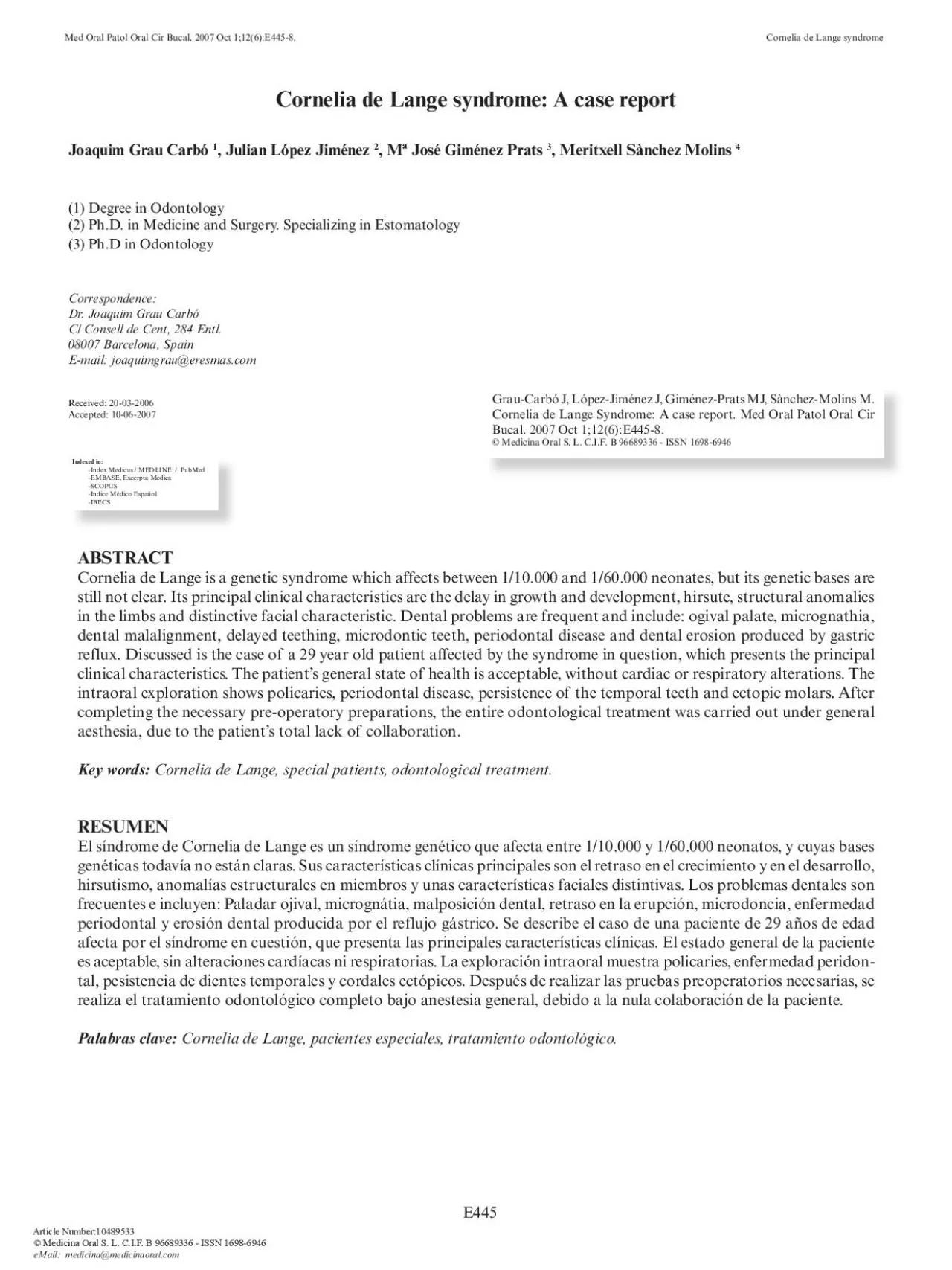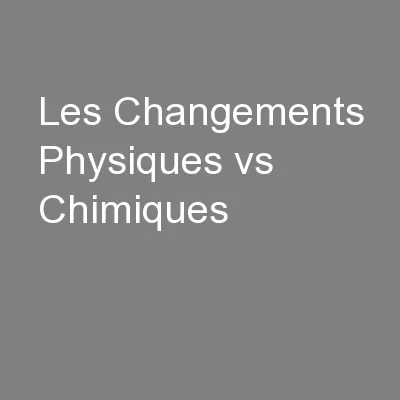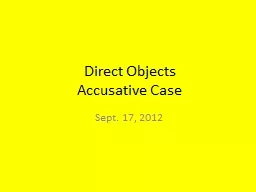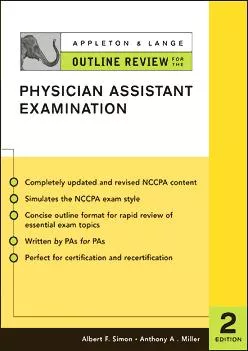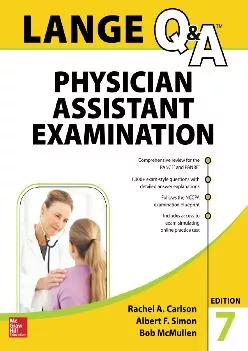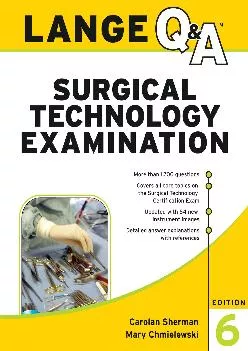PDF-Cornelia de Lange special patients odontological treatment
Author : jade | Published Date : 2022-08-25
R El síndrome de Cornelia de Lange es un síndrome genético que afecta entre 110000 y 160000 neonatos y cuyas bases genéticas todavía no están claras Sus características
Presentation Embed Code
Download Presentation
Download Presentation The PPT/PDF document "Cornelia de Lange special patients odont..." is the property of its rightful owner. Permission is granted to download and print the materials on this website for personal, non-commercial use only, and to display it on your personal computer provided you do not modify the materials and that you retain all copyright notices contained in the materials. By downloading content from our website, you accept the terms of this agreement.
Cornelia de Lange special patients odontological treatment: Transcript
Download Rules Of Document
"Cornelia de Lange special patients odontological treatment"The content belongs to its owner. You may download and print it for personal use, without modification, and keep all copyright notices. By downloading, you agree to these terms.
Related Documents

